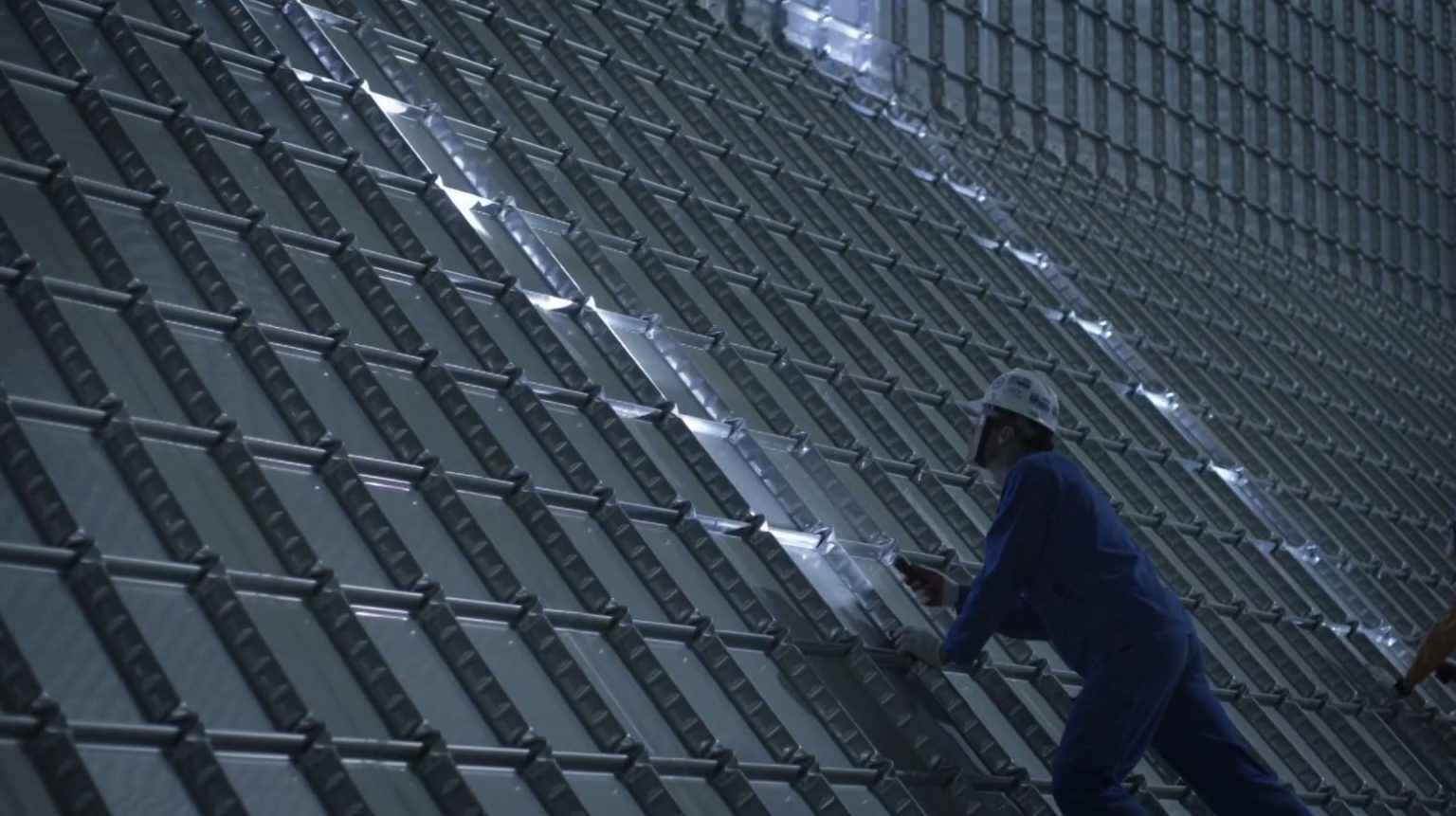France’s GTT and China’s Shanghai Ship Design and Research Institute (SDARI) have secured approval in principle from DNV for a new tank solution applied to LNG-powered Newcastlemax bulk carriers.
GTT designed the membrane tank up to the supporting steel wall while SDARI studied its integration into the vessel, according to a joint statement.
This approval confirms that the membrane fuel tank solution complies with safety regulations and is technically feasible onboard LNG-powered bulk carriers, the statement said.
In addition, this design improvement offers increased autonomy and “drastically reduces sulphur and greenhouse gas emissions compared to a standard Newcastlemax design,” they said.
Furthermore, it features “great flexibility” as a vessel with this design would be able to complete a Brazil-China round trip with a single LNG bunkering, the statement said.
This solution does not affect the available cargo space nor the vessel’s accommodation, according to the partners.
New bulk carrier solution for shipowners
GTT, SDARI and DNV studied, among other things, the structural arrangement of the tank above of the engine room, the dimensioning of the LNG injection system from the tank to the engines, as well as the interface of the bunker station, the statement said.
DNV also reviewed aspects relating to naval architecture, such as damaged stability.
GTT’s chief Philippe Berterottière said that, following DNV’s approval, the partners now bring a new bulk carrier solution to shipowners that is both “competitive and sustainable.”
Moreover, Morten Løvstad, VP and global business director for bulk carriers at DNV, said this marks the first AiP by the classification society for the use of membrane technology as fuel tank onboard bulk carriers.
“This type of vessel is another R&D achievement that combines the latest technology in the market enabling future shipping in line with carbon peak and carbon neutral targets,” Wang Gangyi, the chief engineer of SDARI, said in the statement.

